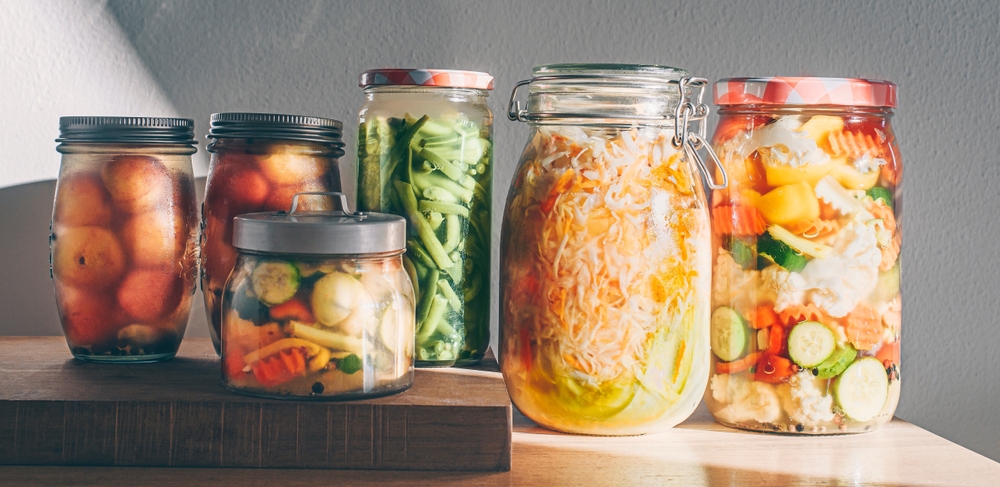Practical steps to cut household food waste and improve meal efficiency
Cutting household food waste and improving meal efficiency helps households save money, reduce environmental impact, and eat more nutritiously. Practical habits—such as simple meal planning, smart sourcing, basic preservation, and creative reuse of leftovers—can make a measurable difference. This short overview highlights tactics you can adopt in everyday cooking, from seasonality-aware recipes to fermentation and beverage uses, all aimed at boosting flavor while minimizing waste.

Reducing food waste at home combines small habits with practical techniques. Start by taking stock of what’s in your pantry, fridge, and freezer, then design meals that use those ingredients first. Prioritize perishable items, plan flexible menus, and view leftovers as components for future dishes. These approaches support sustainability and nutrition, and they make recipes more efficient by stretching ingredients across multiple meals without sacrificing flavor.
How can meal planning reduce waste?
Effective meal planning begins with an accurate inventory and a realistic weekly plan. Write down what you already own, match it to recipes, and plan to reuse components across meals—roasted vegetables can become soup, cooked grains become salads, and leftover proteins can be folded into wraps. Plan portion sizes for your household and include a scheduled leftover or “use-up” night. Meal planning also reduces impulse purchases and helps with smarter sourcing decisions that align with sustainability goals.
How does seasonality affect sourcing and recipes?
Seasonality influences freshness, price, and shelf life. Choosing in-season produce from local services such as farmers’ markets or community-supported agriculture often yields produce that lasts longer and tastes better. When an item is abundant, plan multiple recipes that highlight different flavors and textures, or preserve surplus by blanching and freezing, pickling, or making simple preserves. Building recipes around seasonal items makes meal planning more predictable and reduces spoilage.
Can fermentation and preservation support zero waste?
Fermentation, pickling, freezing, and drying are low-effort ways to extend ingredient life and add new flavors. Quick ferments—like sauerkraut or pickled cucumbers—turn surplus vegetables into condiments that brighten dishes and last weeks. Freeze cooked batches in portion sizes that match your household to avoid wasted servings. Dehydrate peels and herbs to make flavor boosters for future recipes, and save cooking liquids as stock. These preservation steps turn potential waste into pantry assets.
How to adapt recipes for plant-based eating and leftovers?
Adapting recipes to be more plant-based can stretch meals while delivering nutrition. Use legumes, whole grains, and seasonal vegetables as the base, and boost flavor with herbs, acids, and umami-rich ingredients. Leftover grains and pulses become easy salads, patties, or stews; vegetable trimmings can be simmered into broth. Keep a simple list of favorite conversions and pairings so you can quickly transform leftovers into varied dishes without relying on meat-centric formats.
Which cooking techniques improve efficiency and flavors?
Smart cooking techniques can reduce waste and elevate flavors. One-pot and sheet-pan methods concentrate flavors and minimize unused pans. Roasting concentrates natural sugars and creates caramelized bits useful in sauces. Use mise en place to prep components while other items cook, preventing overcooking and spoilage. Reserve pan juices and boil-in bag liquids as bases for soups or beverages like broths. Efficient techniques save time and maximize the yield from each ingredient.
How can snacks, beverages, and streetfood ideas help use scraps?
Transforming scraps into snacks and beverages is an effective zero-waste tactic. Citrus peels can be candied, zested, or infused into syrups for beverages; stale bread becomes croutons, panzanella, or breadcrumbs; herb stems can flavor stocks. Streetfood-style small plates—skewers, fritters, flatbreads, and wraps—are forgiving formats for combining leftovers with bold sauces and simple pairings. Treating leftover portions as intentional snacks helps maintain nutrition variety between meals.
Household food waste reduction is a combination of planning, technique, and creative reuse. By practicing meal planning, choosing seasonal sourcing, utilizing preservation and fermentation, adapting recipes toward plant-based options, and using efficient cooking techniques, households can cut waste while improving nutrition and flavors. Small, repeatable changes make it easier to maintain sustainable routines over time and get more value from the food you buy.





